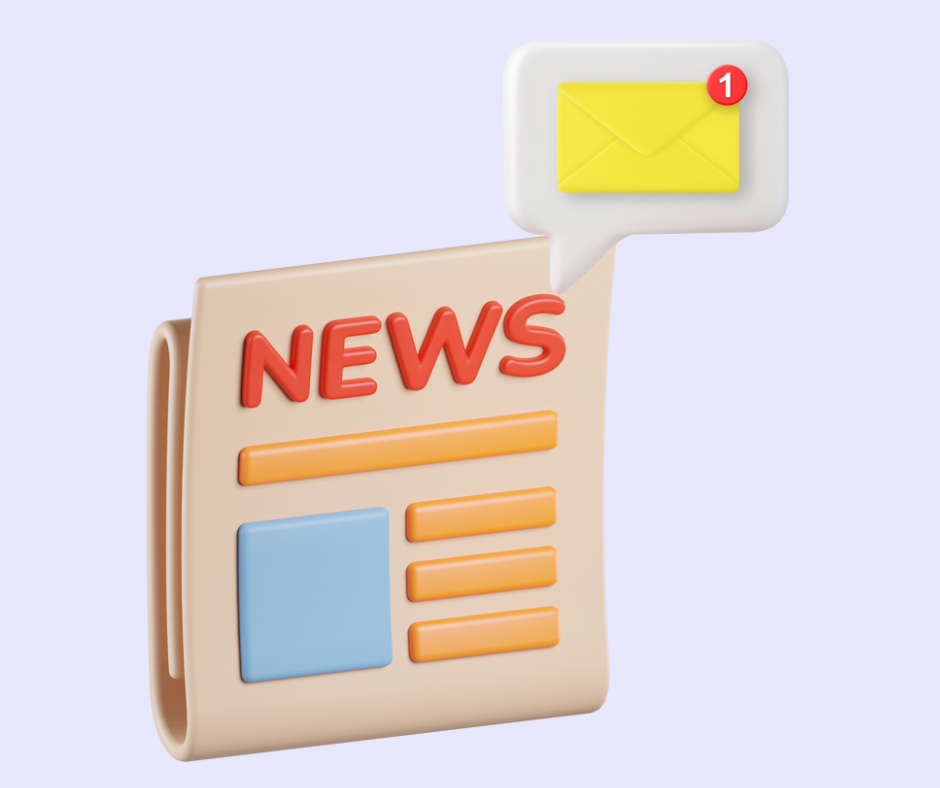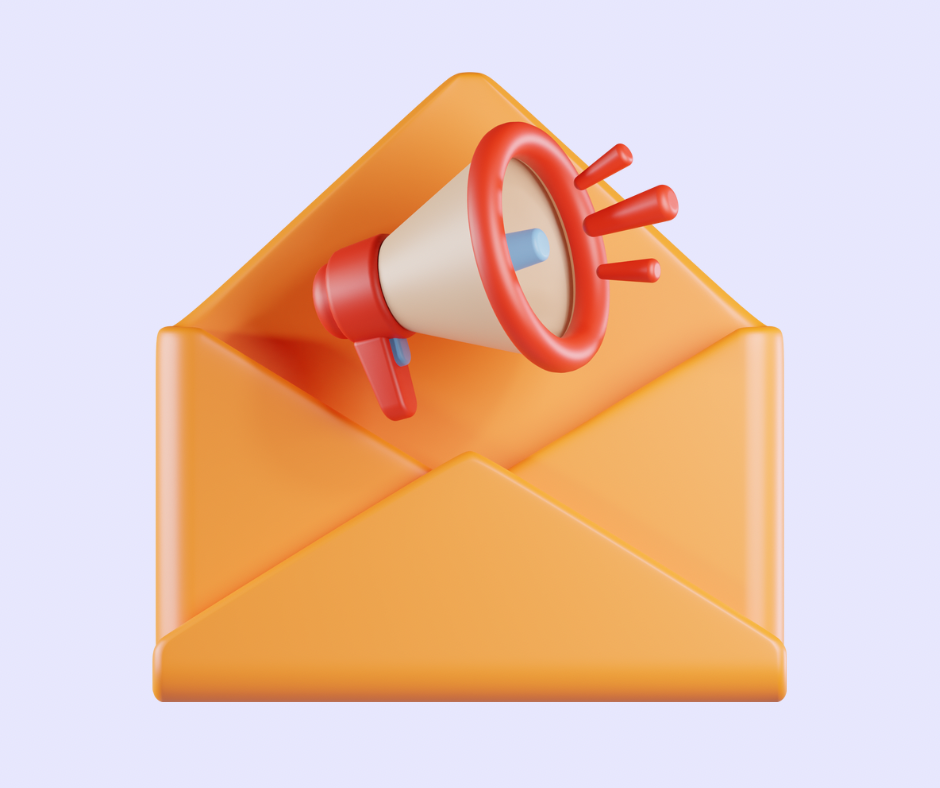How to create impactful email newsletters for your small business
In this blog post, we'll cover the basics of creating email newsletters that will resonate with your audience and drive engagement for your small business. We'll start by defining what an email newsletter is and why it's an important marketing tool for businesses of all sizes. Then, we'll walk through the key steps involved in creating impactful newsletters, from defining your purpose and audience to crafting compelling subject lines and preview texts. We'll also cover tips for designing a visually appealing template, writing engaging content, and measuring success through calls to action and analytics.
Keep your community in the loop with regular email newsletters
What is an email newsletter and why does your small business need one?
Defining your newsletter's purpose and audience
Crafting compelling subject lines and preview texts
Designing a visually appealing newsletter template
Writing engaging content that resonates with your readers
Incorporating calls to action and measuring success
What is an email newsletter and why does your small business need one?
An email newsletter is a periodic email sent by a business to its subscribers, containing information and updates about the company, its products or services, industry news, and other relevant content. Email newsletters are an effective tool for small businesses to communicate with their customers, build brand loyalty, and increase sales. By sending regular newsletters, small businesses can keep their subscribers informed, engaged, and interested in their brand.
Unlike regular email campaigns, newsletters are meant to be more than just promotional messages. They can include a variety of content types, such as blog posts, videos, infographics, and other valuable resources. Newsletters are a way for small businesses to share their knowledge and expertise with their subscribers, positioning themselves as thought leaders in their industry.
In addition, email newsletters can also help small businesses stay top-of-mind with their subscribers, increasing the chances of repeat business and customer referrals. With a well-designed and informative newsletter, small businesses can strengthen their relationship with their subscribers and drive business growth.
Defining your newsletters’ purpose and audience
Before creating an email newsletter, it's crucial to define its purpose and target audience. The purpose of your newsletter could be to update your subscribers on new products, promotions, events, or share relevant industry news and insights. Defining your purpose will help you determine the type of content that will be included and ensure that it aligns with your business goals.
It's also important to consider your target audience. Who are the subscribers you want to reach with your newsletter? Are they existing customers, potential customers, or a mix of both? Understanding your audience's demographics, interests, and preferences can help you create content that resonates with them and drives engagement.
By taking the time to define your newsletter's purpose and audience, you can ensure that it provides value to your subscribers and helps you achieve your business objectives.
Crafting compelling subject lines and preview texts
Crafting a compelling subject line and preview text is crucial in encouraging your subscribers to open your newsletter. A subject line that is too vague or uninteresting can cause your email to be ignored or deleted without even being opened. Your preview text is the short summary that appears below your subject line in most email inboxes, providing an additional opportunity to entice your audience to open your email.
To create a compelling subject line and preview text, start by considering your audience's interests and needs. Make sure your subject line accurately reflects the content of your newsletter, while also piquing the recipient's curiosity. Be concise and avoid using clickbait or misleading statements. Additionally, craft a clear and concise preview text that provides a brief summary of what your newsletter contains. Ensure that your preview text complements your subject line and encourages the recipient to open your email. Finally, test your subject line and preview text to ensure they resonate with your audience and encourage higher open rates.
Designing a visually appealing newsletter template
Designing a visually appealing newsletter template is essential to capturing the attention of your subscribers and increasing engagement with your content. Your template should be clean, easy to read, and visually appealing, with a consistent layout and design elements that match your brand.
Consider using a color scheme that matches your branding, using high-quality images and graphics, and including clear and concise headers and subheadings to make it easy for readers to scan your content.
Keep in mind that the majority of people now read their emails on mobile devices, so make sure your newsletter is optimized for mobile viewing with a responsive design that adjusts to different screen sizes.
Investing time in designing a visually appealing newsletter template can help your small business establish a professional and consistent brand image while also increasing engagement with your subscribers.
Writing engaging content that resonates with your readers
When it comes to writing content for your email newsletter, it's important to keep your audience in mind. Your subscribers are looking for content that is relevant and valuable to them, so it's important to focus on creating engaging content that resonates with them. One way to do this is by segmenting your email list based on their interests or preferences, and tailoring your content to each specific group.
When crafting your newsletter content, keep it concise and to the point. Use attention-grabbing headlines and subheadings to make it easy for readers to scan through and find the information they are looking for. Additionally, use visuals such as images or videos to break up the text and make your newsletter more visually appealing.
Another tip for creating engaging content is to include a call-to-action (CTA) in each newsletter. This can be anything from inviting subscribers to check out a new product or service, to encouraging them to follow your social media accounts. By including a CTA, you are giving your subscribers a clear next step to take and increasing the chances that they will engage with your brand.
Incorporating calls to action and measuring success
Incorporating calls to action (CTAs) is essential in any email newsletter campaign. After all, the goal of a newsletter is to drive engagement and action from your readers. Your CTA could be as simple as encouraging readers to check out your latest blog post or as complex as prompting them to sign up for a new service or make a purchase. Whatever your CTA is, make sure it's clear, concise, and aligned with the purpose of your newsletter.
Measuring the success of your email newsletter campaign is also crucial. You need to know what's working and what's not so you can make improvements for future campaigns. Look at metrics like open rates, click-through rates, and conversion rates to gauge how your newsletter is performing. Use this data to refine your strategy, improve your content, and better serve your audience. With each new campaign, you'll gain valuable insights that will help you build a stronger, more effective email newsletter.
Related Articles
Ready to start sending email newsletters to your community? Get Started With Fickl Today.




